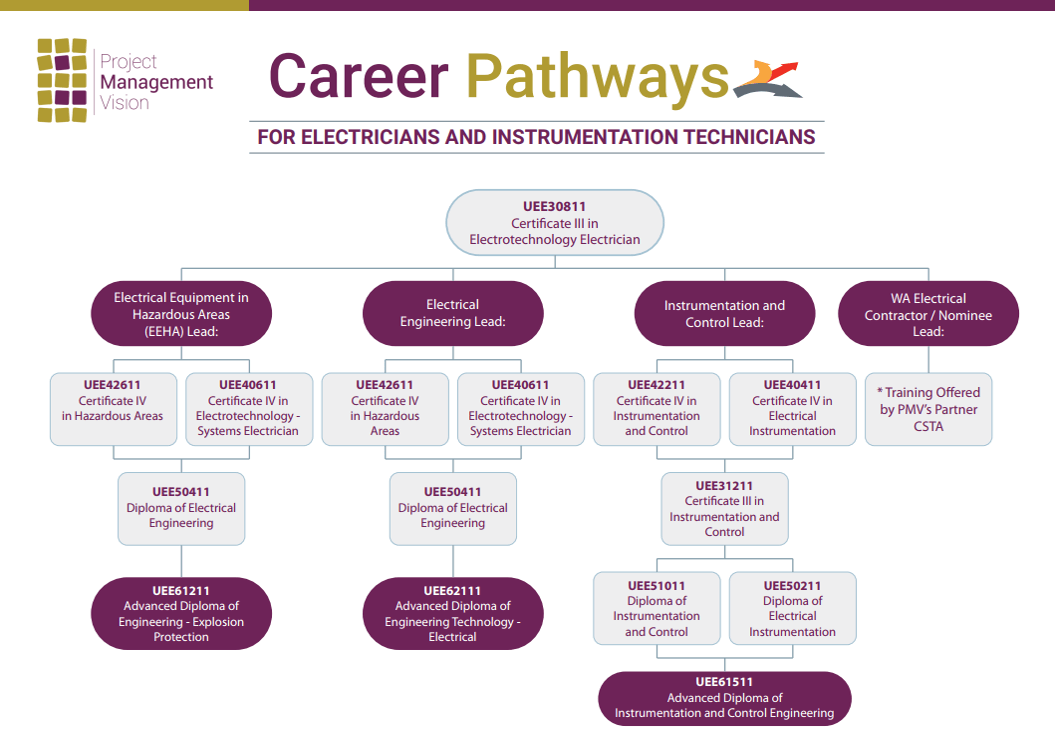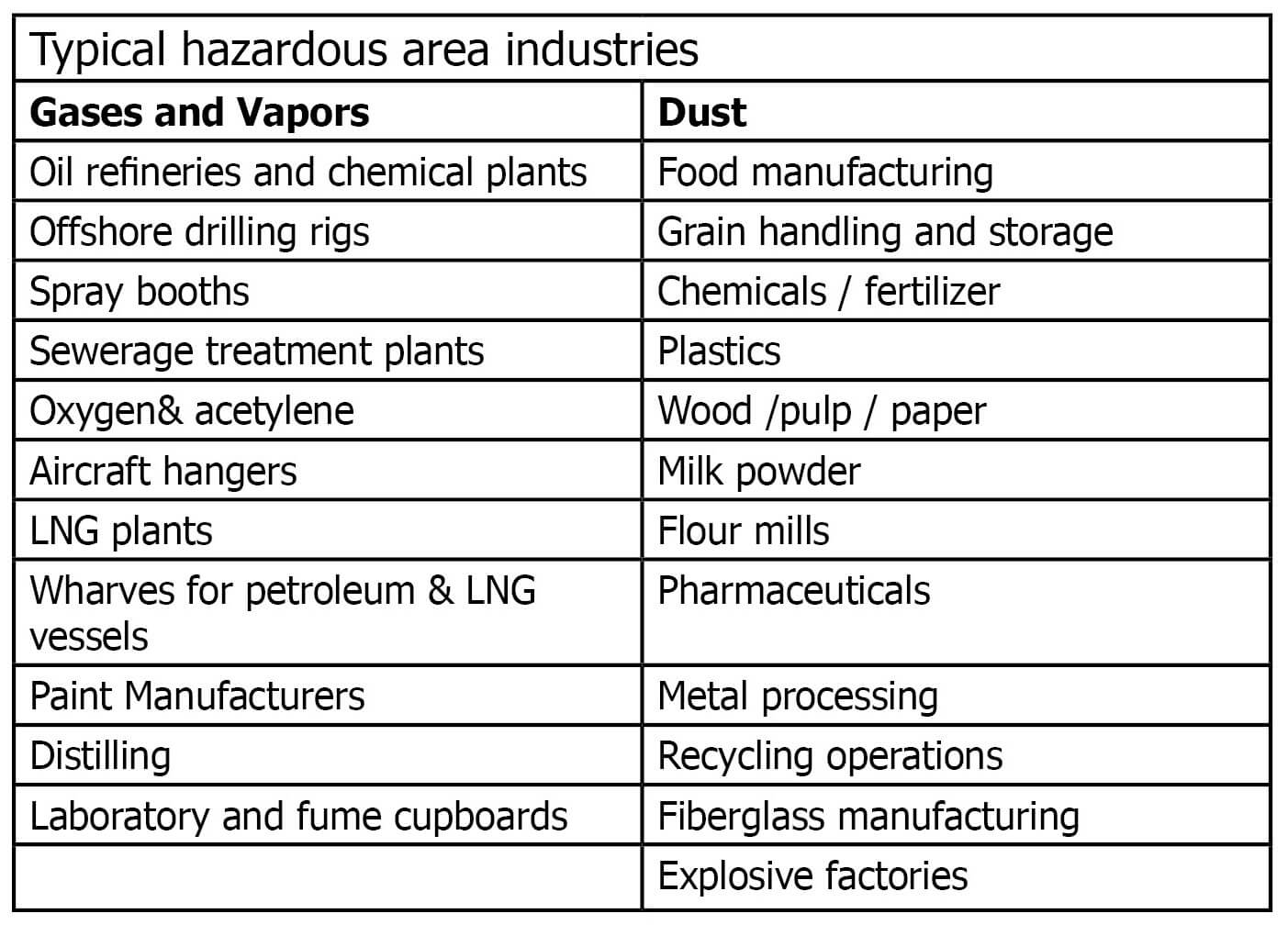Unknown Facts About Roar Solutions
Unknown Facts About Roar Solutions
Blog Article
8 Simple Techniques For Roar Solutions
Table of ContentsWhat Does Roar Solutions Mean?Indicators on Roar Solutions You Need To KnowThe Buzz on Roar Solutions
In order to safeguard installations from a potential surge a technique of evaluating and classifying a possibly hazardous area is needed. The function of this is to make certain the correct choice and installment of devices to ultimately protect against an explosion and to make certain safety of life.
(https://sketchfab.com/roarsolutions)
No devices should be installed where the surface temperature of the devices is better than the ignition temperature level of the offered danger. Below are some common dirt unsafe and their minimum ignition temperature level. Coal Dust 380C 225C Polythene 420C (thaws) Methyl Cellulose 420C 320C Starch 460C 435C Flour 490C 340C Sugar 490C 460C Grain Dust 510C 300C Phenolic Material 530C > 450C Aluminium 590C > 450C PVC 700C > 450C Residue 810C 570C The probability of the danger existing in a concentration high sufficient to create an ignition will vary from location to location.
In order to classify this danger an installation is divided into locations of danger depending upon the amount of time the dangerous is existing. These locations are described as Zones. For gases and vapours and dirts and fibers there are three areas. Zone 0 Area 20 A dangerous ambience is very likely to be existing and may be present for long durations of time (> 1000 hours annually) or even continually Area 1 Zone 21 A hazardous environment is feasible yet unlikely to be existing for long durations of time (> 10 450 C [842 F] A classification of T6 means the minimal ignition temperature level is > 85 C [185 F] Unsafe area electric devices perhaps created for usage in higher ambient temperature levels. This would showed on the ranking plate e.g. EExe II C T3 Ta + 60C( This suggests at 60C ambient T3 will certainly not be exceeded) T1 T1, T2, T3, T4, T5, T6 T2 T2, T3, T4, T5, T6 T3 T3, T4, T5, T6 T4 T4, T5, T6 T5 T5, T6 T6 T6 A T Class score of T1 implies the maximum surface area temperature created by the instrument at 40 C is 450 C. Thinking the associated T Class and Temperature rating for the devices are suitable for the area, you can always make use of an instrument with an extra rigid Division score than needed for the location. There isn't a clear response to this concern. It truly does depend upon the kind of devices and what repairs need to be accomplished. Equipment with details test procedures that can't be carried out in the area in order to achieve/maintain 3rd party score. Must return to the manufacturing facility if it is prior to the equipment's service. Area Fixing By Authorised Worker: Challenging testing might not be needed however specific treatments might require to be complied with in order for the tools to maintain its 3rd party score. Authorised workers should be utilized to carry out the job correctly Repair service need to be a like for like substitute. New part need to be taken into consideration as a straight replacement calling for no unique testing of the tools after the repair is complete. Each tool with a harmful score need to be reviewed individually. These are described at a high level listed below, yet for more detailed info, please refer straight to the standards.
What Does Roar Solutions Do?
The equipment register is an extensive database of equipment records that includes a minimum collection of fields to identify each thing's location, technological criteria, Ex-spouse category, age, and ecological information. This info is vital for monitoring and managing the equipment properly within harmful locations. In contrast, for regular or RBI sampling evaluations, the quality will be a combination of Comprehensive and Close inspections. The proportion of In-depth to Close assessments will certainly be determined by the Devices Danger, which is analyzed based on ignition risk (the likelihood of a resource of ignition versus the chance of a flammable atmosphere )and the unsafe area classification
( Zone 0, 1, or 2). This variation will certainly likewise affect the resourcing needs for work preparation. When Lots are specified, you can create tasting strategies based on the sample size of each Great deal, which refers to the number of arbitrary tools items to be inspected. To figure out the called for sample dimension, 2 elements require to be reviewed: the size of the Whole lot and the group of evaluation, which indicates the level of effort that ought to be used( decreased, regular, or enhanced )to the inspection of the Lot. By integrating the category of inspection with the Lot size, you can then develop the ideal denial requirements for an example, implying the permitted number of damaged items discovered within that sample. For even more details on this process, please refer to the Power Institute Guidelines. The IEC 60079 typical suggests that the optimum period between evaluations must not surpass three years. EEHA inspections will certainly also be performed outside of RBI campaigns as part of arranged upkeep and tools overhauls or repairs. These evaluations can be credited toward the RBI sample dimensions within the impacted Great deals. EEHA evaluations are conducted to identify faults in electrical devices. A weighted scoring system is crucial, as a solitary tool may have several mistakes, each with varying degrees of ignition threat. If the consolidated score of both examinations is less than twice the mistake score, the Whole lot is deemed appropriate. If the Whole lot is still taken into consideration unacceptable, it has to go through a complete evaluation or justification, which might cause more stringent examination protocols. Accepted Whole lot: The reasons for any type of faults are determined. If a typical failure mode is located, added devices might need maintenance. Mistakes are classified by seriousness( Safety and security, Honesty, my company Housekeeping ), making certain that urgent issues are analyzed and attended to quickly to alleviate any kind of influence on security or procedures. The EEHA data source must track and tape the lifecycle of faults in addition to the rehabilitative actions taken. Executing a durable Risk-Based Assessment( RBI )approach is important for ensuring conformity and safety in handling Electrical Devices in Hazardous Locations( EEHA) (eeha courses). Automated Fault Scoring and Lifecycle Administration: Effortlessly take care of faults and track their lifecycle to enhance assessment precision. The intro of this assistance for risk-based evaluation better strengthens Inspectivity's position as a best-in-class solution for regulatory compliance, in addition to for any asset-centric evaluation usage situation. If you are interested in finding out much more, we welcome you to ask for a demo and find just how our option can change your EEHA monitoring procedures.
See This Report about Roar Solutions

In regards to eruptive threat, an unsafe area is an environment in which an eruptive ambience exists (or may be expected to be present) in quantities that require special safety measures for the building and construction, setup and use of devices. Roar Solutions. In this short article we check out the challenges dealt with in the work environment, the threat control steps, and the called for expertises to function safely
These substances can, in particular problems, create explosive atmospheres and these can have major and terrible repercussions. Most of us are acquainted with the fire triangular remove any type of one of the 3 components and the fire can not occur, however what does this mean in the context of unsafe areas?
In a lot of circumstances, we can do little regarding the degrees of oxygen in the air, however we can have substantial impact on resources of ignition, for instance electrical devices. Unsafe locations are documented on the dangerous location category drawing and are identified on-site by the triangular "EX LOVER" sign. Below, amongst other crucial info, areas are divided right into three types depending upon the danger, the likelihood and period that an eruptive environment will exist; Area 0 or 20 is regarded one of the most hazardous and Zone 2 or 22 is regarded the least.
Report this page